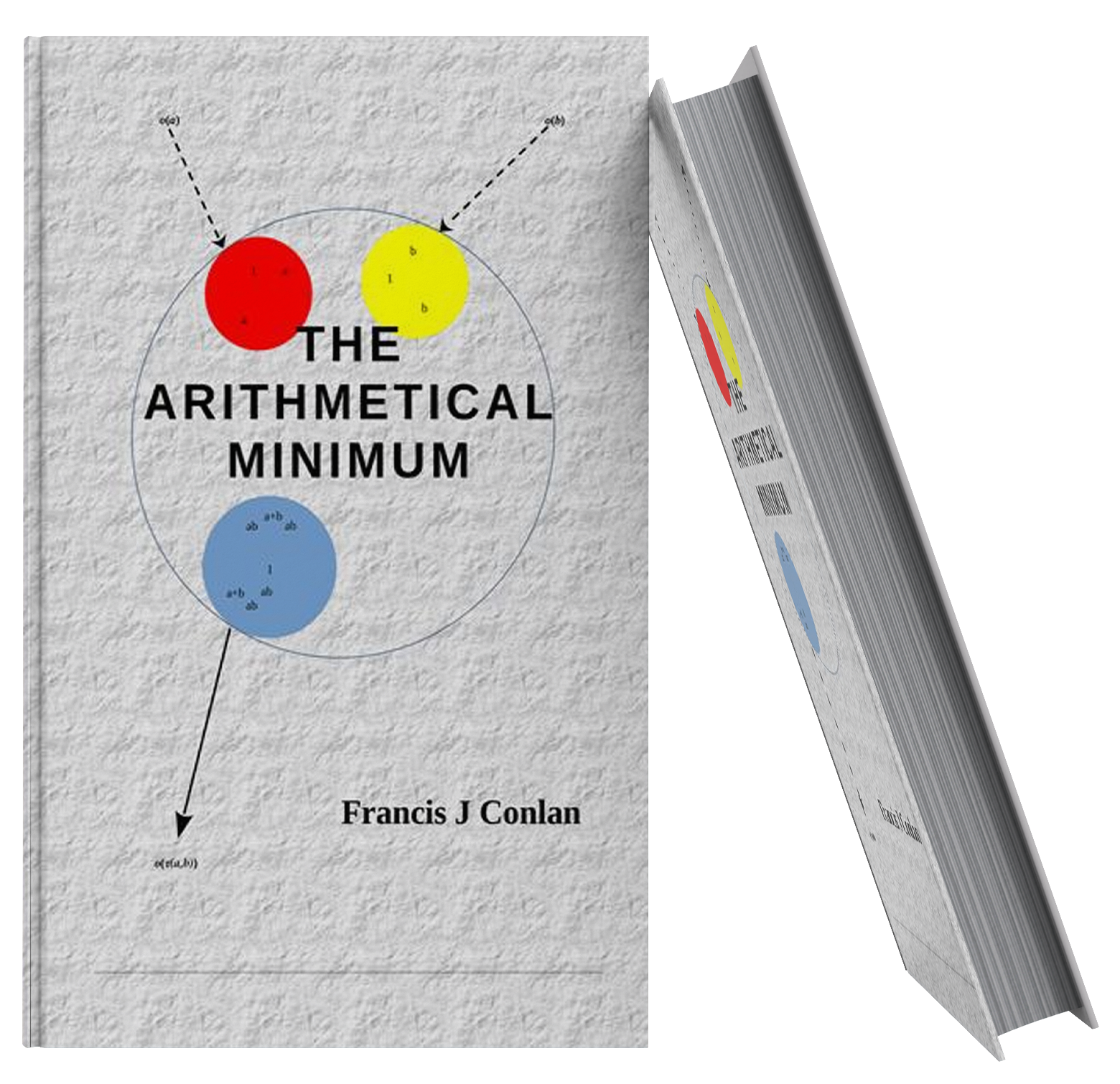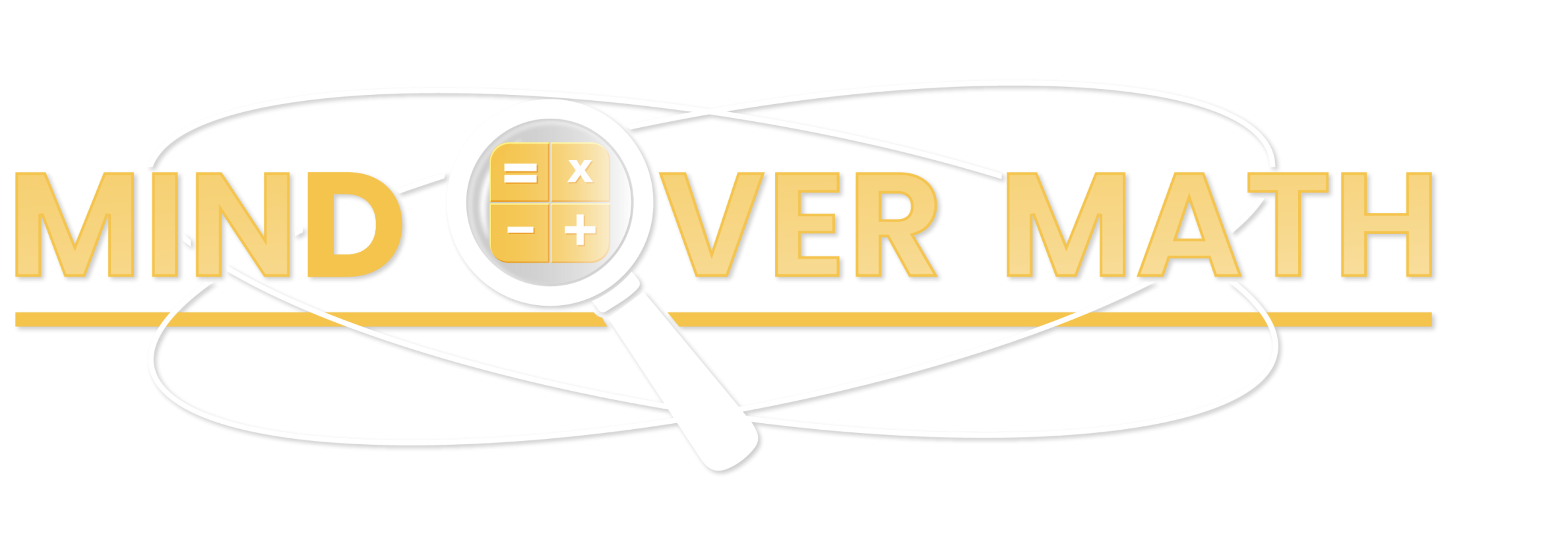ABOUT THE BOOK
The Power Of 0 And 1 In Mathematics!
“The Arithmetical Minimum” by Francis J. Conlan explains the classification of numbers as prime or composite, focusing on natural numbers and their subsets. It divides natural numbers into even and odd categories and further into prime and composite groups, refining these to highlight useful subsets. The book covers the properties of even and odd numbers, including the roles of 0 as the additive identity and 1 as the multiplicative identity. It defines prime and composite numbers and explores methods for factoring them, showing how to determine if a number is composite by breaking it down into smaller natural number divisors. The text emphasizes the significance of odd numbers ending in 1, 3, 7, or 9 and introduces the idea that a number’s position can help identify whether it is prime or composite. This offers a fresh perspective on Gauss’s problem of distinguishing prime numbers from composite ones.

BOOK CHAPTERS
CHAPTER 1
In this first chapter we introduce the reader to two types of numbers that we’ll attempt to characterize as being prime or composite. As J. C. F. Gauss1 proposed in the early nineteenth century,
CHAPTER 2
The primary objective of this investigation is the “problem of distinguishing prime numbers from composite numbers…”. In Chapter 1 we left off merely looking at the digits making up a typical odd number’s value. We decided that in order to pursue Gauss’s important objective we would need to limit our investigation to odd numbers larger than 3 with 1, 3, 7, or 9 in their unit’s place.
CHAPTER 3
Since our investigations are based on simple arithmetic we uncover in this chapter an important result that appeared in a correspondence between two men in the 18th century. It uses very simple operations producing profound consequences.
CHAPTER 4
To obtain any (and all) composite odd natural numbers, just multiply them all together, in pairs. Referring to the formula from Equation (1.3) above, k and m will denote any two arbitrary odd number locations and we let l stand for the location of their product.
